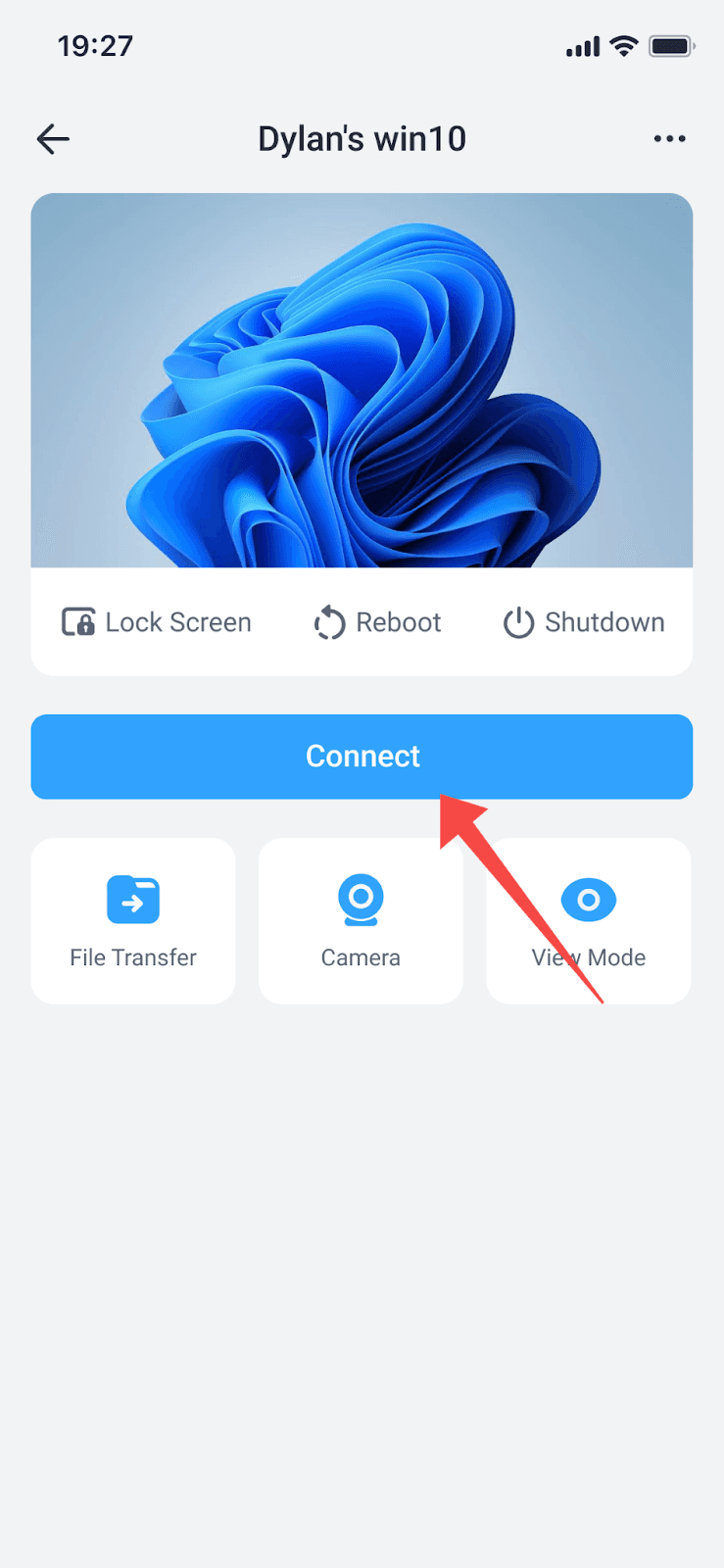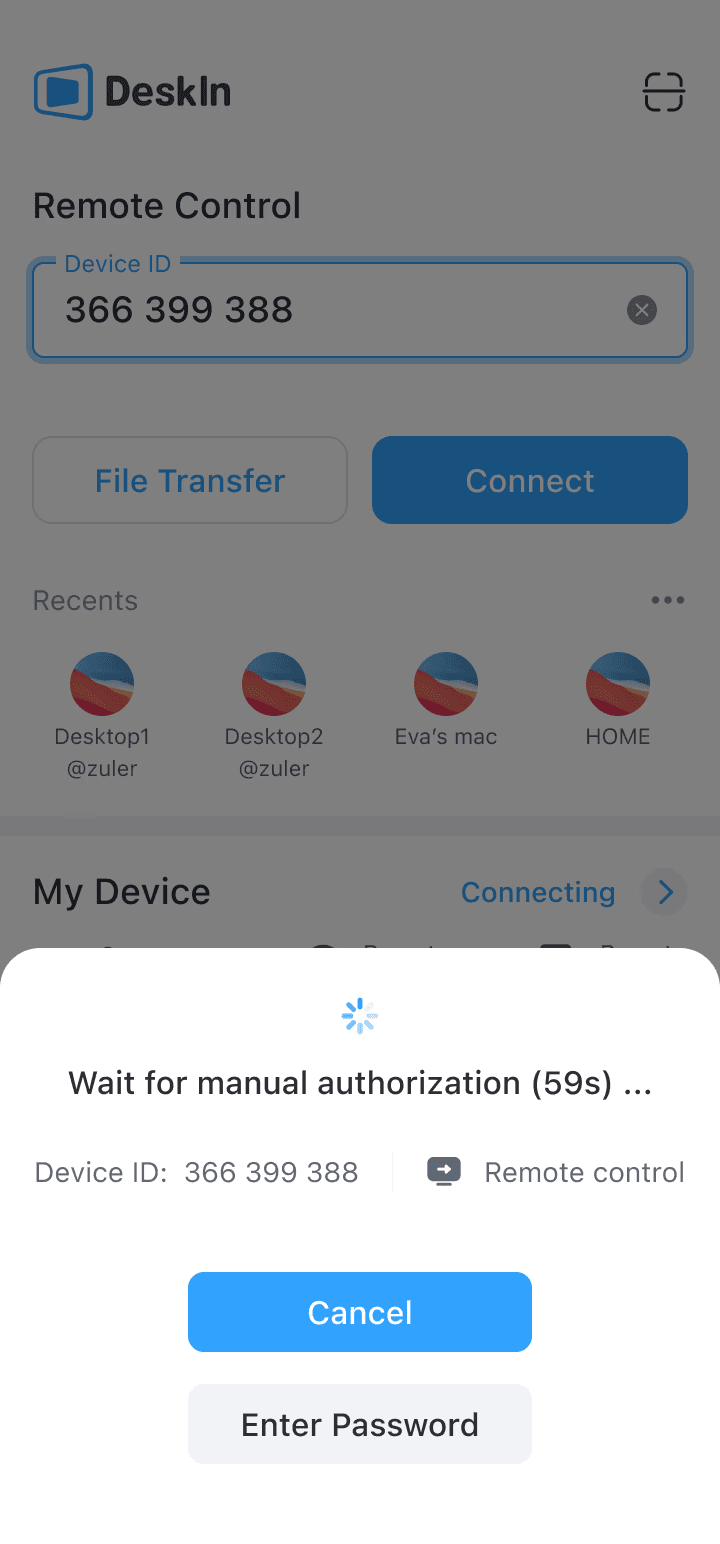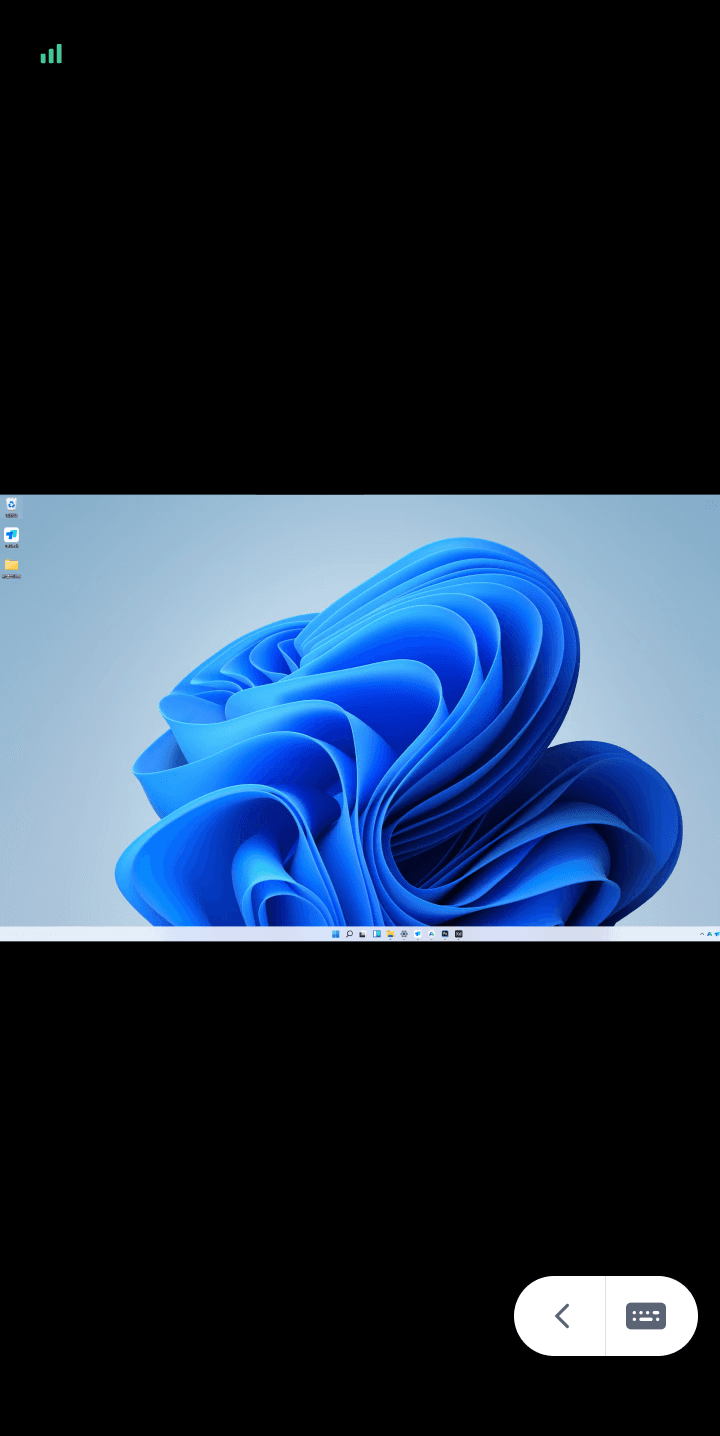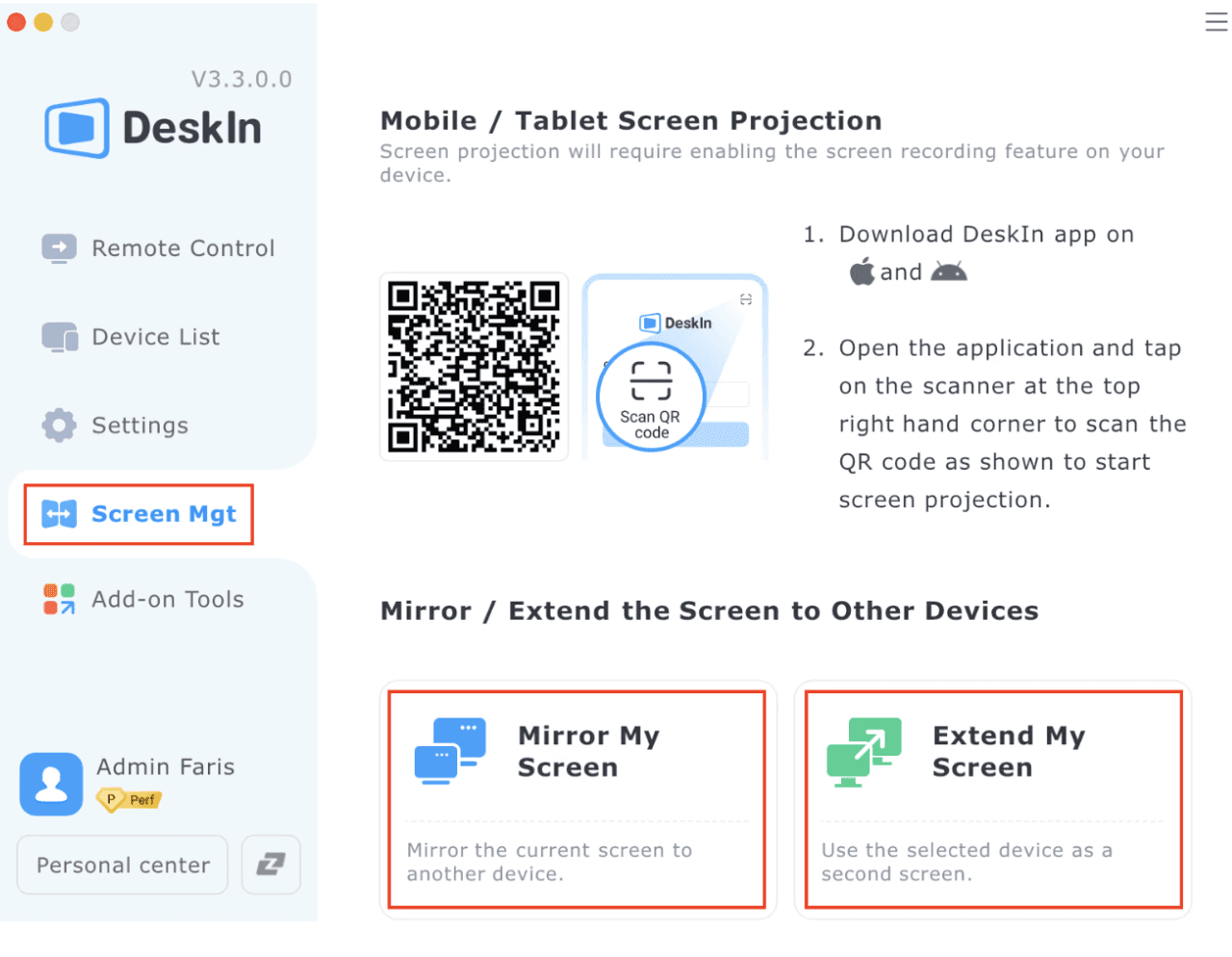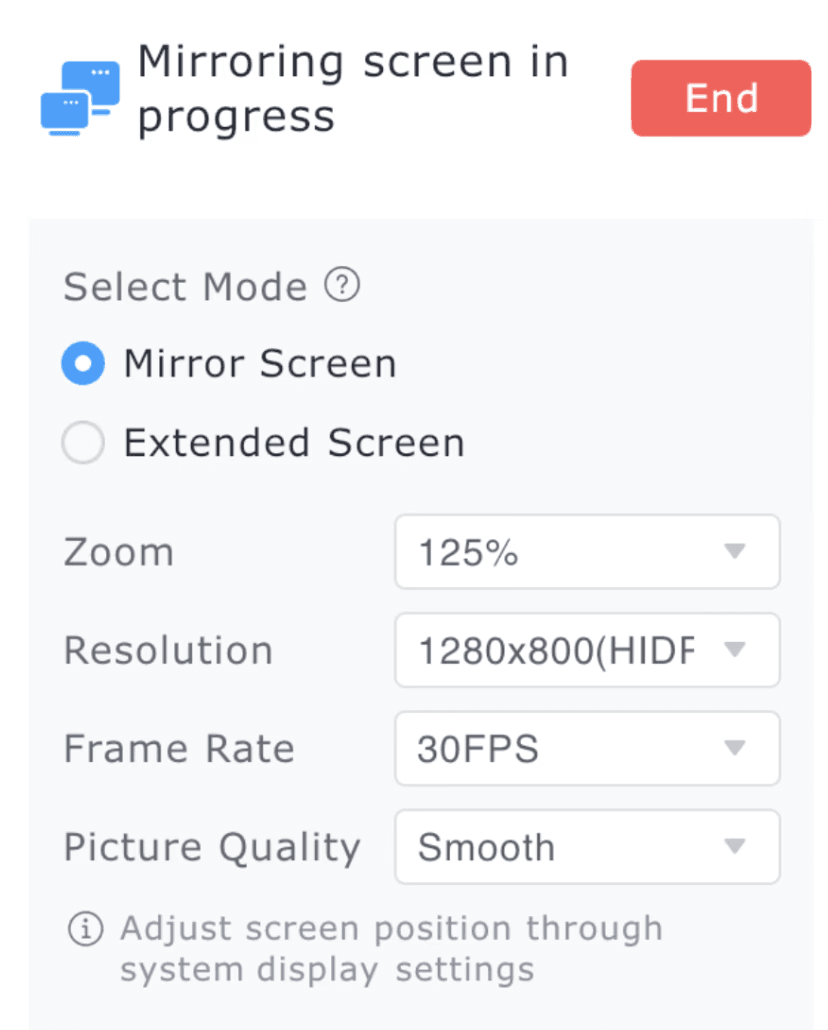In an era defined by hybrid work and distributed teams, the simple act of printing a document has become a surprisingly complex challenge. How can a remote designer print a physical prototype without a local high-end printer? Enter Remote Printing—the technology that transforms any networked printer into a globally accessible resource.
This guide breaks down what remote printing is, how it seamlessly bridges the digital and physical gaps, and why it’s no longer a luxury but a critical productivity tool for any modern team.
What is Remote Printing
Remote printing enables users to send documents to any printer worldwide—across the office or across continents—without a physical connection. By using secure internet-based tools like cloud services, VPNs, or remote access software, it breaks the traditional tie between a device and its printer.
In today’s hybrid work era, this turns printing from a location‑locked task into an on‑demand resource—as simple as sending an email. Employees no longer need to be near the printer or rely on couriers to get physical documents where they’re needed.
Remote workflows aren’t theoretical anymore. People actually need to print across rooms, buildings, and borders every single day. Here are the most common use cases:
Office-to-Home (or Vice Versa)
With remote printing, you can easily solve the dilemma of sending documents needed by colleagues to the office printer while working from home, or finding meeting materials on your home computer while you are at the office. With just one click, documents can be printed wherever you want.
Mobile-to-Printer
When you’re on the move and need a contract or invoice printed fast, a strong remote printing solution turns your phone into a pocket-sized print controller, pushing documents to any linked printer instantly.
If you often print from your phone, you’ll also benefit from knowing how to access your desktop files directly from Android. Check out our seamless guide for remote workers and digital nomads.
Cross-Platform Workflows (Mac → Windows, iPhone → PC, Chromebook → Mac)
Teams using mixed devices can still print flawlessly. Remote desktop printing eliminates driver issues and compatibility limits, enabling smooth “print from anywhere” across every platform.
Scenarios Where Remote Printing is Essential
In today’s decentralized workplaces, printing needs haven’t disappeared—they’ve simply shifted. Teams rely on remote printing to bridge the gap between digital work and physical documents across locations, devices, and time zones.
1. Hybrid and Distributed Teams
Employees working from home or across different cities can send signed contracts, presentations, or compliance materials directly to approved office printers—keeping collaboration seamless and standardized across regions.
2. Business Travel and Offsite Work
Sales reps, consultants, and executives can print proposals, reports, or travel documents to their home-office printer from airports, hotels, or client sites, ensuring key paperwork is ready the moment they arrive.
3. Secure and Compliant Workflows
Legal, HR, healthcare, and finance teams can route sensitive files only to authorized, monitored printers.
4. Specialized and High-Quality Printing Needs
Designers, engineers, and architects can remotely access color-calibrated devices, large-format plotters, and other specialized printers—giving them accurate, professional output no matter where they work.
5. Cost and Resource Optimization
Rather than equipping every remote worker with a dedicated printer, organizations can centralize printing resources and cut shipping or courier costs by enabling local printing at regional offices.
6. Operational and Administrative Efficiency
Remote staff can print shipping labels, invoices, or warehouse documents exactly where they’re needed, while IT teams troubleshoot and test printers remotely—reducing downtime and onsite visits.
7. Education & Remote Learning
University students submit printed assignments or theses to campus printers while studying from home. Teachers print classroom materials or exam papers remotely before returning to school.
8. Personal & Convenience Use
A user prints a recipe or a coupon at home while grocery shopping, using a mobile app connected to their home printer. A family member helps elderly relatives print prescriptions or forms by remotely accessing their home printer.
Remote printing bridges the gap between digital workflows and physical document needs—enabling productivity, security, and flexibility in an increasingly decentralized world.
Key Benefits of Remote Printing
Remote printing brings far more than convenience; it reshapes how modern teams work. It gives employees universal access, tighter security, and smoother workflows across every device and location.
Work From Anywhere, Without Boundaries
Print directly to office or shared printers from home, a client site, or even while traveling. No need to be physically near the device: your files follow you.
Stronger Security and Compliance
Encrypted transmission and authorization controls ensure confidential documents only land on approved printers, supporting standards like ISO 20071, AES 256-bit encryption, and internal data-security policies.
Cost and Resource Savings
Remote teams can share centralized, high-quality printers instead of purchasing extra hardware or shipping documents back and forth.
Faster, Cleaner Operations
Skip the email attachments and USB transfers. Contracts, labels, proofs, and reports reach the right printer instantly, keeping work moving.
Built for Hybrid and Distributed Teams
Every employee, office-based or remote, gets consistent, reliable access to printing resources, leveling the playing field across multiple locations.
Access to Specialized Printers Anytime
Use large-format, color-calibrated, or department-specific printers as if you were standing next to them—a major win for design, engineering, and logistics teams.
Fewer Touchpoints, Smaller Footprint
Reduce document shipping, local reprints, and manual handling. It’s greener, cleaner, and less error-prone.
Flexible for Modern Digital Workflows
Print seamlessly from mobile devices, cloud storage, or remote desktop printing sessions, all integrated into your existing digital tools.
Centralized IT Management
IT teams can deploy, monitor, and troubleshoot printers across multiple locations from one place, reducing on-site support and standardizing the entire print ecosystem.
In essence, remote printing upgrades a basic action into a powerful capability, driving productivity, strengthening security, and supporting today’s flexible workstyles.
Give your team the flexibility they deserve. Try DeskIn’s print-from-anywhere tool today.

How Remote Printing Works: The Technical Breakdown
Behind the scenes, remote printing is basically a smart relay system; your device sends the command, the remote computer receives it, and the printer does the work, no matter where you are. Here’s how it actually happens.
Connecting via Remote Desktop Tools (RDP, VPN, Cloud)
Most remote desktop printing starts with a secure tunnel. RDP sessions, VPNs, or cloud workspaces link your device to a distant computer, letting you control its files and its printers as if you were sitting right there.
Print Redirection from Virtual Machines
If you work inside a virtual machine, print redirection jumps in. It grabs your print request, maps it to the right printer, and sends the job through the VM. No messy drivers, no manual setup: just clean, efficient output.
Using DeskIn to Bypass Complicated Setups
Here’s where things get fun. DeskIn skips the old-school complexity entirely. It auto-detects the entered printers, syncs them into your session, and turns remote printing solutions into a one-click experience. No VPN battles, no IT emergencies, only the smooth printing from anywhere.
Real-Time Access from Any Device
Whether you’re on a laptop, phone, or tablet, your print command travels securely to the host machine and fires off instantly. That’s true print-from-anywhere power; real-time, encrypted, and surprisingly effortless.
Why Emailing PDFs Isn’t Enough Anymore
Once upon a time, emailing a PDF felt like a clever workaround. Today, it’s slow, messy, and nowhere near the efficiency of remote printing.
Delays and Confusion
Email chains get buried, messages get missed, and suddenly a “quick print” turns into a mini scavenger hunt. With print-from-anywhere tools, the document goes straight to the printer, no middleman required.
Formatting Issues Across Devices
A file that looks perfect on your laptop might break on someone else’s screen. Fonts shift, margins move, and layouts fall apart. Remote desktop printing keeps your formatting intact because you print directly from the source machine.
No Control Over When or How It Prints
Emailing a PDF means surrendering control: you can’t choose the tray, page range, or printer settings. With proper remote printing solutions, you decide exactly how the final output looks.
Lack of Security and Access Management
Email isn’t built for sensitive documents. Anyone can forward, copy, or mishandle the file. Secure remote printing keeps everything encrypted and ensures only authorized devices can trigger a print job.
DeskIn Brings Effortless Remote Printing to Any Team.
Setting up remote printing shouldn’t feel like threading a needle in the dark. DeskIn keeps everything clean and uncomplicated: no VPN puzzles, no outdated drivers, no “Why won’t this printer show up?” dread. With DeskIn, printers auto-detect, devices sync instantly, and your workflow finally gets the smooth print-from-anywhere experience it deserves.
DeskIn also supports both Windows 7 and later and macOS, so mixed-device teams aren’t stuck fighting compatibility issues. And because DeskIn transfer files through an encrypted channel, every print job stays protected end-to-end, giving you a truly secure remote printing solution.
To unlock the full experience, DeskIn uses a lightweight remote printing driver. It’s quick to install, but it’s also what gives you that instant, seamless control over printers on any remote computer.

How to Set Up Remote Printing with DeskIn
Here’s how to get everything running in just a few minutes:
1. Install DeskIn on Both Devices and Log In with the Same Account
Download DeskIn on your local device and the remote computer connected to the printer. Log in using the same DeskIn account so both devices sync instantly.

2. Install DeskIn Remote Printing Driver on Both Devices
To unlock full remote desktop printing, DeskIn requires a small driver. You’ll find it under:
Settings → General → Remote Printing → Install Remote Printer Driver
This needs to be installed on both the local device and the remote computer you control. You’ll also need administrator access during installation.
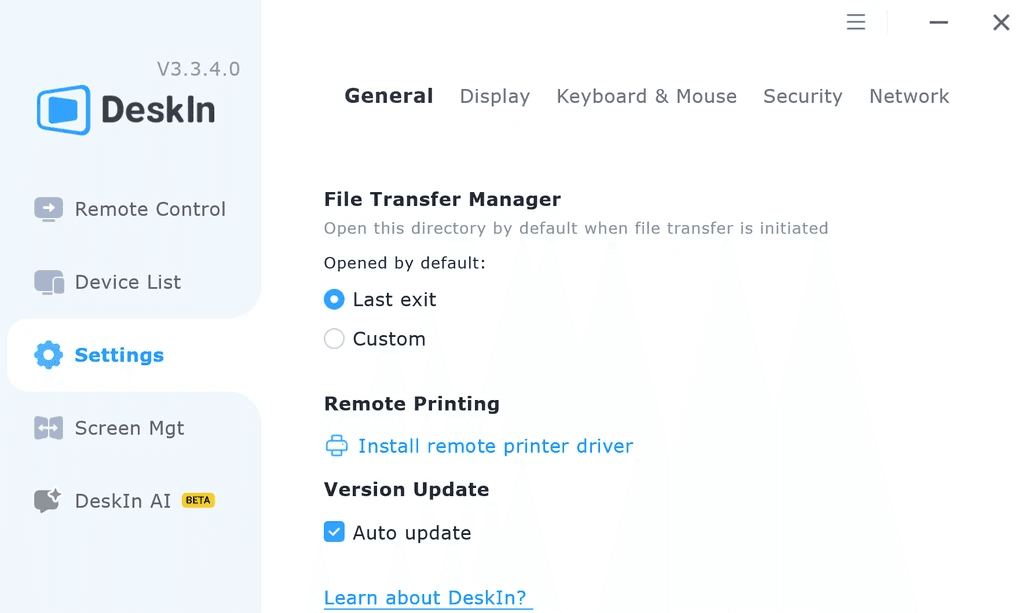
3. Choose “DeskIn PDF Printer” When Printing
Once the driver is installed, printing remotely becomes straightforward.
When you hit Print on the remote computer, simply select DeskIn PDF Printer as your printer. This tells DeskIn to route the file securely back to your local device.
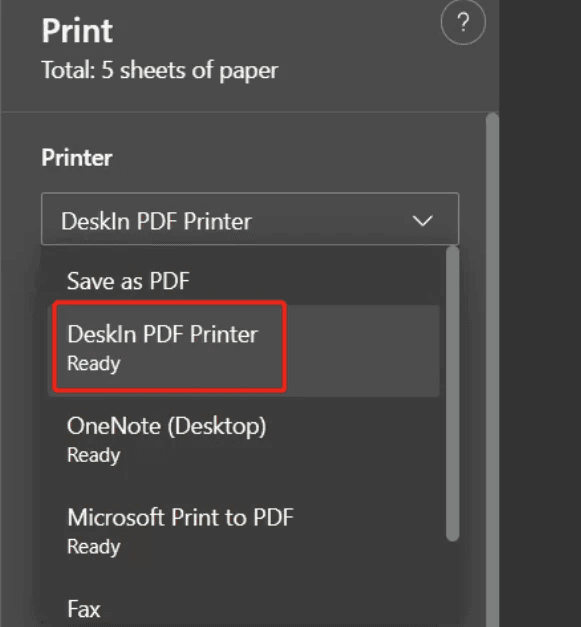
4. Pick Your Output Option
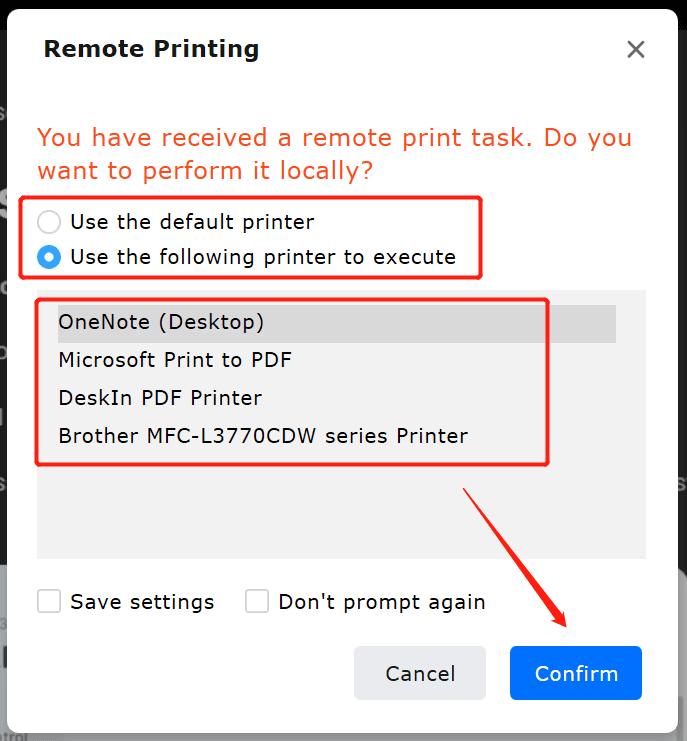
After selecting the printer, DeskIn will show a pop-up window asking how you want the document delivered.
Choose the option that fits your workflow, then click Confirm.DeskIn handles the rest behind the scenes.

Troubleshooting Tips (If Nothing Prints)
If the print button seems unresponsive or nothing appears on your local side, here are quick fixes:
Make sure the DeskIn printer driver is installed
On the controlled device, go to: DeskIn Client → Advanced Settings → Basic Settings → Install Remote Printing Driver
Try again after installation
Click Print and check whether your main device prompts you to select a printer.
Reinstall the driver if prompts don’t appear. Remove the DeskIn PDF Printer from the remote computer, then reinstall the driver through DeskIn.
Why Choose DeskIn for Remote Printing
If you’re looking for a remote printing solution that’s fast, secure, and actually easy to use, DeskIn stands out for all the right reasons. It’s built for real hybrid teams, not just IT pros, so printing from anywhere feels as simple as printing from your desk.
Secure Remote Printing, End-to-End: DeskIn uses AES 256-bit encryption to secure every print job in transit, protecting contracts, legal files, and sensitive client data while meeting modern enterprise security standards.
Cross-Platform Compatibility: Whether you’re jumping between Windows and macOS or printing from mobile, DeskIn keeps everything synced and smooth across different systems.
200+ Global Nodes for Stable Connectivity: DeskIn’s worldwide node network ensures fast, reliable connections no matter where your team is located. This means remote printing stays responsive and stable across countries and continents.
Real-Time Performance: With session latency below 40 ms and support for 2K/240FPS and 4K/60FPS streaming, DeskIn responds instantly to remote printing commands: no lag, no delays, just smooth execution.
Lightweight, Fast, and Setup-Friendly: DeskIn skips complicated network configurations. Install, log in, add the remote printing driver, and you’re ready; ideal for hybrid workers, remote offices, and traveling teams.

Remote Printing FAQ
Is remote printing secure when using DeskIn?
Yes. DeskIn uses encrypted connections to protect your files from end to end. Every print job sent through its remote printing solution stays private and secure.
Do I need to install anything before printing remotely?
To enable remote desktop printing, both the local and remote devices need the DeskIn Remote Printing Driver installed. It only takes a minute and requires admin access.
Can I print from my phone using DeskIn?
Absolutely. DeskIn supports mobile-to-PC connections, so you can print from anywhere using your iOS or Android device.
What if the DeskIn printer doesn’t show up?
This usually means the remote printing driver wasn’t installed properly. Reinstall the driver on the controlled device, and the DeskIn PDF Printer should appear instantly.
Does DeskIn work with mixed operating systems?
Yes. DeskIn supports Windows and macOS, making remote printing easy across cross-platform setups—Mac to Windows, Windows to Mac, and more.
Remote Printing Made Simple, Fast, and Future-Ready with DeskIn
In today’s hybrid world, remote printing isn’t a luxury or an IT-only trick anymore: it’s a practical, everyday tool that keeps teams moving. From saving precious time to unlocking true work-from-anywhere flexibility, remote printing makes it easy to stay productive whether you’re at home, in the office, or halfway across the country.
As workflows become more distributed, the ability to print securely and reliably across devices becomes essential, not optional. And that’s exactly where DeskIn shines. It turns complex remote desktop printing into a clean, one-click experience, delivering the speed, stability, and security modern teams rely on.
DeskIn makes printing from anywhere feel effortless. No VPN headaches, no compatibility battles, no confusing setup, just instant results.
Ready to upgrade your workflow? Download DeskIn today and experience secure, seamless remote printing that actually works.














